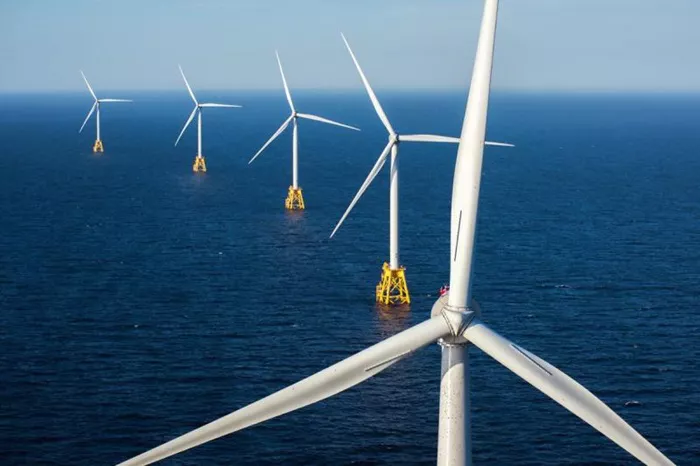Wind Energy Ireland has unveiled an interactive website that provides a detailed breakdown of wind energy production across Ireland’s 26 counties. The new platform, called County Colours, allows users to compare the contribution of each county to Ireland’s wind energy output. It also highlights the environmental and economic benefits brought by local wind farms, such as carbon emission savings and the revenue generated through commercial rates and community benefit funds.
In 2023, wind energy was responsible for supplying 35% of Ireland’s electricity, underscoring its growing importance in the country’s energy strategy. The new platform offers county-specific data, allowing users to explore how each region contributes to this renewable energy mix.
Tipperary generated 890 GWh of energy from wind in 2023, a significant contribution to the national total. However, Kerry led the country in wind energy production, generating 1,664 GWh, followed by Cork at 1,421 GWh. For context, one gigawatt-hour (GWh) is enough energy to power around 230 Irish households for a year.
These figures reflect the collective efforts of local communities and stakeholders in Tipperary, who have been instrumental in advancing Ireland’s clean energy transition. In addition to reducing carbon emissions and lowering energy costs, wind farms in Tipperary provided substantial economic benefits. The county’s wind energy sector contributed over €5.5 million to the local council’s commercial rates—more than 15% of the council’s total rates income. Furthermore, €300,000 in community benefit funds were invested in local initiatives across Tipperary.
Noel Cunniffe, CEO of Wind Energy Ireland, emphasized the significance of the County Colours platform, saying it enables communities, policymakers, and industry stakeholders to better understand and appreciate the impact of local wind energy production. He also highlighted the economic advantages, such as the revenue generated from council rates and the community funding provided by wind farms.
Looking ahead, Cunniffe stressed the importance of continued investment and policy support to ensure the growth of the wind energy sector. Ireland aims to achieve 80% renewable electricity by 2030, and he noted that counties like Tipperary, which contribute significantly to national wind energy production, should be proud of their role in the clean energy transition.
“Not only will this mean cleaner, more secure, and cheaper energy for the people of Ireland,” Cunniffe said, “but on a local level, it will bring substantial economic benefits. History shows that where energy is abundant, prosperity follows.”
Wind Energy Ireland remains committed to collaborating with communities, policymakers, and industry partners to build more wind farms, ensuring a sustainable and resilient energy future for all.
Related topic:
- Nigeria’s 2025 Budget Allocates N1.99 Billion for Generator Fuel
- Savant Partners with Sunder Energy for Smart Power Solutions Nationwide
- Nigerian Government Allocates N1.99 Billion for State House Generators

